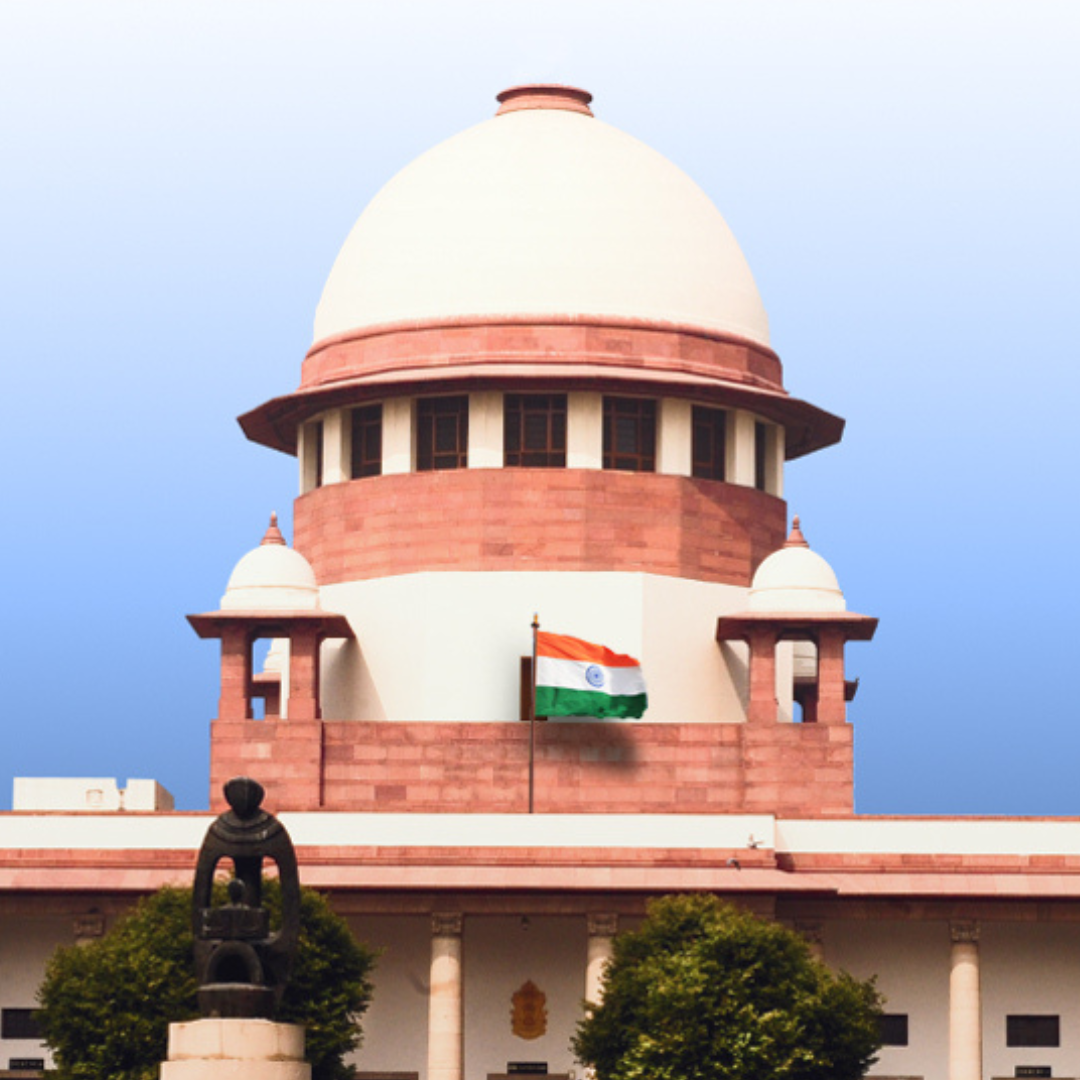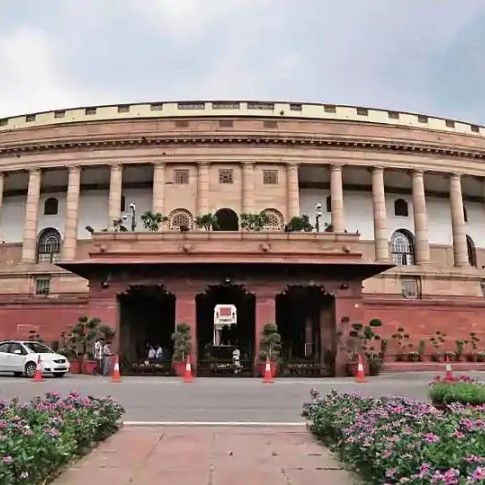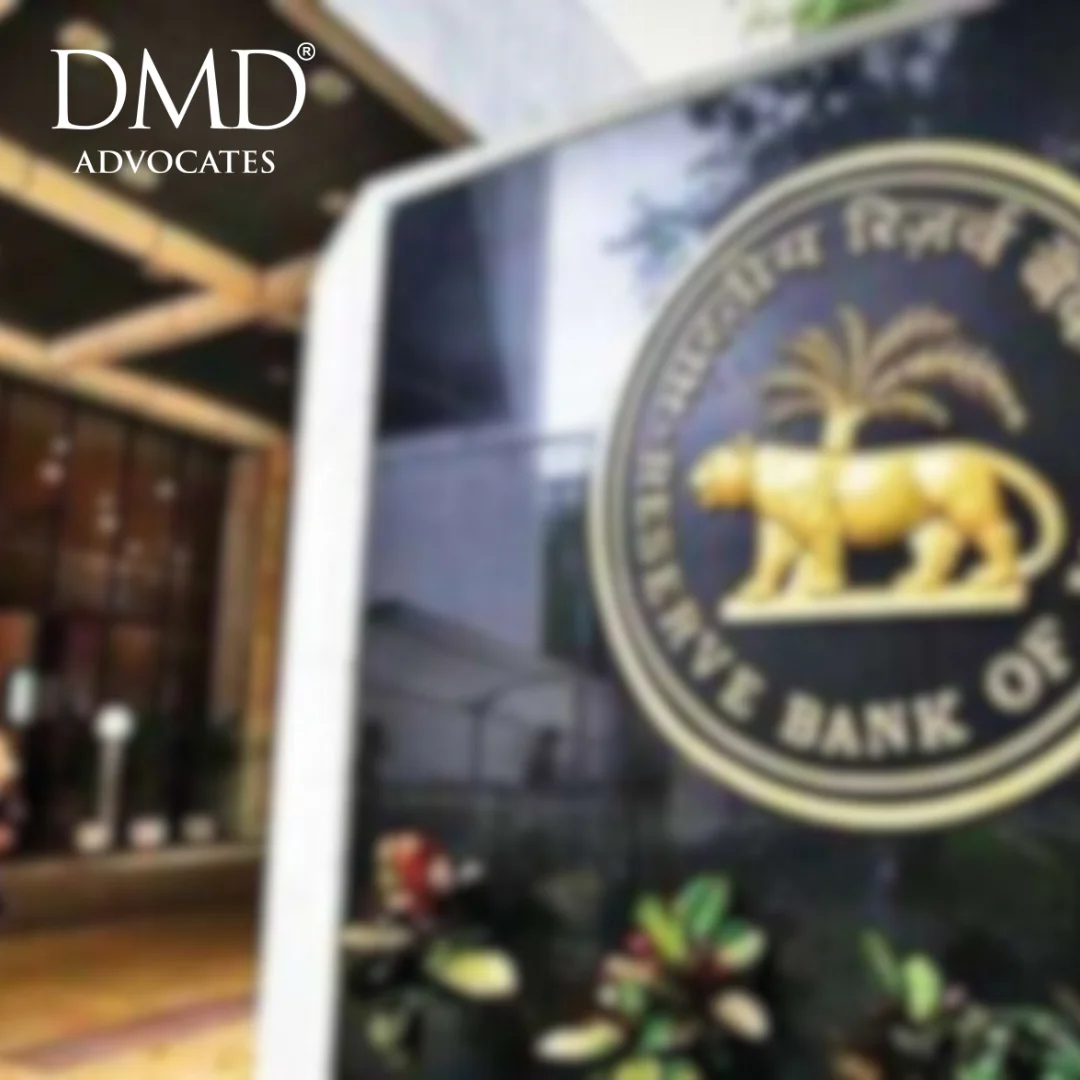Publications
Modernising India’s Labour Landscape: The Four Labour Codes Transforming Worker Protection and Industrial Competitiveness
22 Nov 2025
- DMD Advocates
- Blog
The Government of India has initiated a landmark transformation in the labour regulatory landscape by implementing the four Labour Codes, Code on Wages, 2019; Industrial Relations Code, 2020; Code on Social Security, 2020; and Occupational Safety, Health and Working Conditions Code, 2020, effective from November 21, 2025. These codes consolidate 29 previously fragmented and outdated central labour laws, ushering in a modern, flexible, and transparent system aligned with contemporary economic realities and future workforce requirements.
Key Features of the Labour Codes
The new Labour Codes are designed to modernise regulations, enhance worker welfare, promote compliance simplification, and strengthen the competitiveness of Indian industries.
1. Code on Wages, 2019: This code seeks to simplify and rationalize the provisions of the four existing laws: (i) the Payment of Wages Act, 1936; (ii) the Minimum Wages Act, 1948; (iii) the Payment of Bonus Act; and (iv) The Equal Remuneration Act, 1976. With an aim to strengthen the workers right. The key highlights have been mentioned below:
| Serial No. | Key Highlight | Description |
| 1. | Universal Minimum Wages | The code establishes a statutory right to minimum wages for all employees across both organized and unorganized sectors. |
| 2. | Introduction of Floor Wage | A statutory wage shall be set by the government keeping in mind the cost of living based on regional variation. No state shall be allowed to fix minimum wages below this level. |
| 3. | Overtime compensation | Employers must pay all employees overtime wages at least twice the normal rate for any work done beyond the regular working hours. |
2. Industrial Relations Code, 2020: This code seeks to simplify the laws relating to trade unions, conditions of employment in industrial establishment and settlement of industrial disputes by amalgamating and rationalising the provisions of the erstwhile: (i) Trade Union Act, 1936; (ii) Industrial Employment (Standing Order) Act, 1946; and (iii) Industrial Disputes Act, 1947. Key highlights of this code has been mentioned below:
| Serial No. | Key Highlight | Description |
| 1. | Fix Term Employment | This will allow direct, time bound contracts with full parity in wages and benefits and the employee shall be eligible for gratuity after 1 (one) year. |
| 2. | Recognition of trade union | Unions with 51% membership will get recognition as the ‘Negotiating Union’. A negotiating council is formed from unions not less than 20% membership of trade union. |
| 3. | Setting up of industrial tribunal | An industrial tribunal shall be set up consisting of 2 members consisting of judicial and administrative member for quicker dispute resolution. |
| 4. | Standing order threshold | The standing order threshold has been increased from 100 to 300 workers. States may further enhance this limit. The aim of this provision is to simplify the compliance and contribute to formalization. |
| 5. | Definition of worker has been expanded | Now the definition of worker shall cover sales promotion staff, journalist and supervisory employees earning up to INR 18,000. |
3. Code on Social Security, 2020: This code intends to provide workers with life, health, maternity and provident fund benefits while introducing digital system and facilitator based compliance for greater efficiency by incorporation of the following laws into this code: (i) Employee Compensation Act, 1923; (ii) Employee State Insurance Act, 1948; (iii) Employee Provident Funds and Miscellaneous Provisions Act, 1952; (iv) Employment Exchanges (Compulsory Notification of Vacancies) Act, 1959; (v) Maternity Benefit Act, 1961; (vi) Payment of Gratuity Act, 1972; (vii) Cine-Workers Welfare Fund Act, 1981; (viii) The Building and Other Construction Workers’ Welfare Cess Act, 1996; and (ix) Unorganised Workers’ Social Security Act, 2008. The Key highlights of the code are mentioned below:
| Serial No. | Key Highlight | Description |
| 1. | Expansion of ESIC coverage | ESIC shall now apply pan-India eliminating the erstwhile criteria of ‘notified areas’. |
| 2. | Social security fund | A dedicated fund has been introduced to finance schemes for unorganised, gig, and platform workers, covering life, disability, health, and old-age benefits has been proposed. The amount collected through the compounding of offences will be credited to this fund. |
| 3. | Expansion of definition of dependents | The definition of dependent now shall include maternal grandparents and in case of female employees it shall also include dependent parents-in-law. |
| 4. | Uniform definition of wages | Wages now shall include basic pay, dearness allowance, and retaining allowance; 50% of the total remuneration (or such percentage as may be notified) shall be added back to compute wages, ensuring consistency in calculating gratuity, pension, and social security benefits. |
| 5. | Digitization of compliance | Electronic maintenance of records, registers, and returns is mandated cutting costs and improving efficiency. |
4. Occupational Safety, Health and Working Conditions Code, 2020: This code aims to safeguard the workers right and safe working conditions and creating a business friendly regulatory environment to improve the economic growth and employment, making India’s labour market more efficient, fair and future-ready by simplifying, rationalising and amalgamating the following laws: (i) The Factories Act, 1948; The Plantations Labour Act, 1951; (ii) The Mines Act, 1952; (iii) The Working Journalists and other Newspaper Employees (Conditions of Service and Miscellaneous Provisions) Act, 1955; (iv) The Working Journalists (Fixation of Rates of Wages) Act, 1958; (v) The Motor Transport Workers Act, 1961; (vi) The Beedi and Cigar Workers (Conditions of Employment) Act, 1966; (vii) The Contract Labour (Regulation and Abolition) Act, 1970; (viii) The Sales Promotion Employees (Conditions of Service) Act, 1976; (ix) The Inter-State Migrant Workmen (Regulation of Employment and Conditions of Service) Act, 1979; (x) The Cine-Workers and Cinema Theatre Workers (Regulation of Employment) Act, 1981; (xi) The Dock Workers (Safety, Health and Welfare) Act, 1986 and; (xii) The Building and Other Construction Workers (Regulation of Employment and Conditions of Service) Act, 1996. The key highlights are mentioned below:
| Serial No. | Key Highlight | Description |
| 1. | Unified registration | With an aim to create a centralised database and promoting ease of business one registration for an establishment is envisaged in place of 6 registrations in the erstwhile acts. |
| 2. | Simplified compliance | Introduces one license, one registration, one return framework for the establishments, reducing redundancy and compliance burden. |
| 3. | Victim compensation | Courts can direct at least 50% of fines imposed on offenders to be paid as compensation to victims or their legal heirs in case of injury or death. |
| 4. | National Occupational Safety & Health Advisory Board | A single tripartite advisory board shall replace six earlier boards to set national safety and health standards across sectors, ensuring uniformity and quality |
| 5. | Contract Labour reform | Applicability threshold has been raised from 20 to 50 contract workers. All India license valid for 5 years against work-order based license to be provided to the contractor. For contract labour, beedi and cigar manufacturing and factory: a common license is envisaged and provision of deemed license after expiry of prescribe period is introduced. |
Pre-Reform vs. Post-Reform Labour Ecosystem
A comparative assessment highlights several critical differences:
| Serial No. | Particulars | Pre-Reforms | Post Reform |
| 1. | Formalisation of Employment
|
No mandatory requirement for appointment letters, leading to ambiguity and insecurity. | Mandatory issuance of appointment letters, enhancing transparency and job security for all workers. |
| 2. | Social Security Coverage | Patchy coverage, excluding many workers, especially in informal and gig sectors.
|
Under the Code, all the workers, including new economy sectors (gig, platform workers). will get PF, ESIC, insurance, and other social security benefits. |
| 3. | Minimum Wages | Applied only to scheduled industries/employments, leaving large sections uncovered. | All workers have a statutory right to minimum wage and timely payment. |
| 4. | Preventive Healthcare | No legal requirement for free annual health check-ups or periodic medical examinations. | Mandatory free annual check-ups for all workers above the age of 40, promoting a preventive healthcare culture. |
| 5. | Timely Wages | No uniform mandate on timely wage payment. | Employers are legally obligated to ensure timely wage disbursal, boosting morale and ensuring financial stability. |
| 6. | Women Workforce Participation | Restrictions on night shifts and certain occupations. | Women can work at night and across all sectors with their consent and guaranteed safety provisions, allowing equal opportunities across sectors. |
| 7. | ESIC Coverage | Limited to certain industries and geographies, often excluding small or hazardous establishments. | Extended nationwide, mandatory for any establishment with hazardous processes and voluntary for smaller establishments (less than 10 employees), expanding social protection. |
| 8. | Compliance Burden | Multiple registrations, licenses and returns across various laws. | Single registration, pan-India license, and unified return system, significantly reducing compliance burdens. |
Enforcement of these labour codes marks a transformative step in the India’s labour sector which shall balance the welfare of workers. These codes further simplify the compliance, promote safety, and ensure fairness in wages. These reforms lay the foundation for a more equitable, transparent, and growth-oriented economy and reaffirm India’s commitment to fostering a modern labour ecosystem that empowers both workers and industry, paving the way for inclusive and sustainable progress.
Credits: Tarush Bhandari (Associate) & Nardeep Chawla (Associate)
































